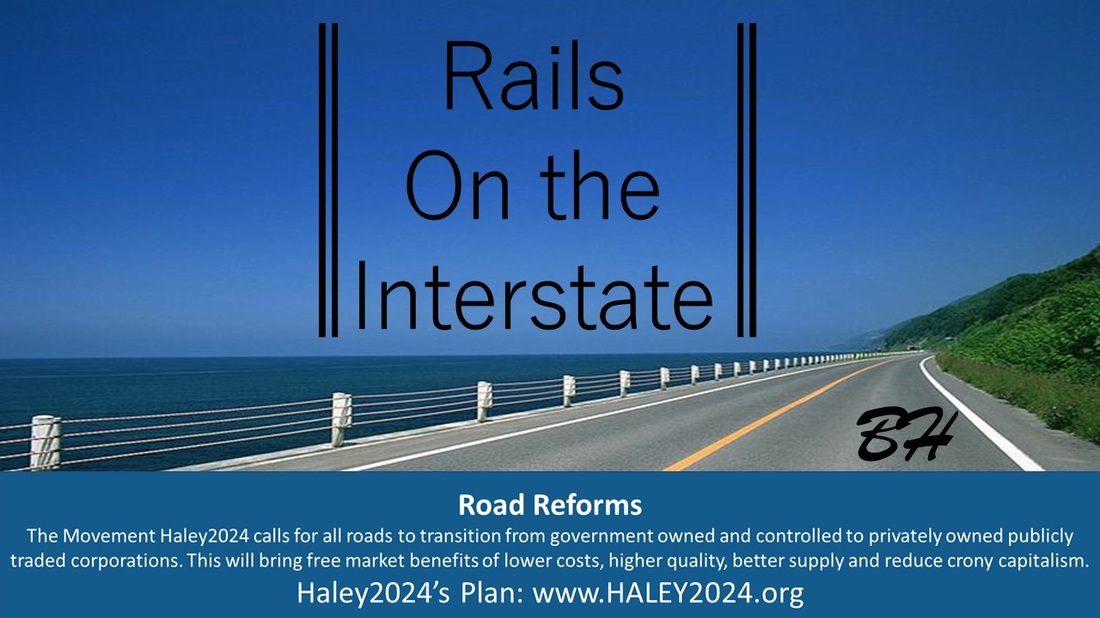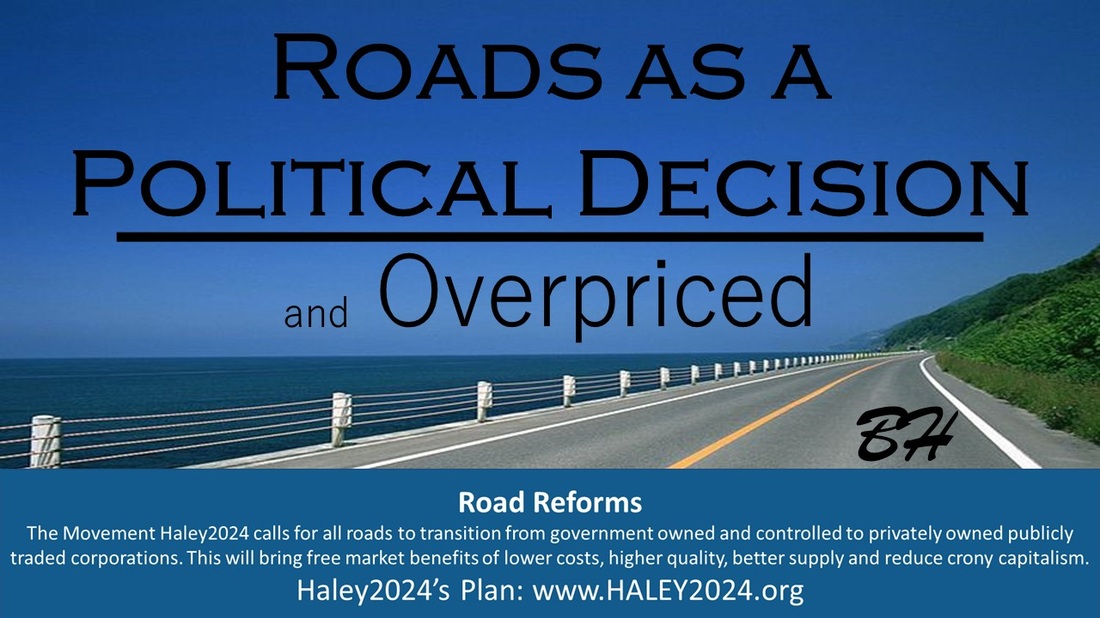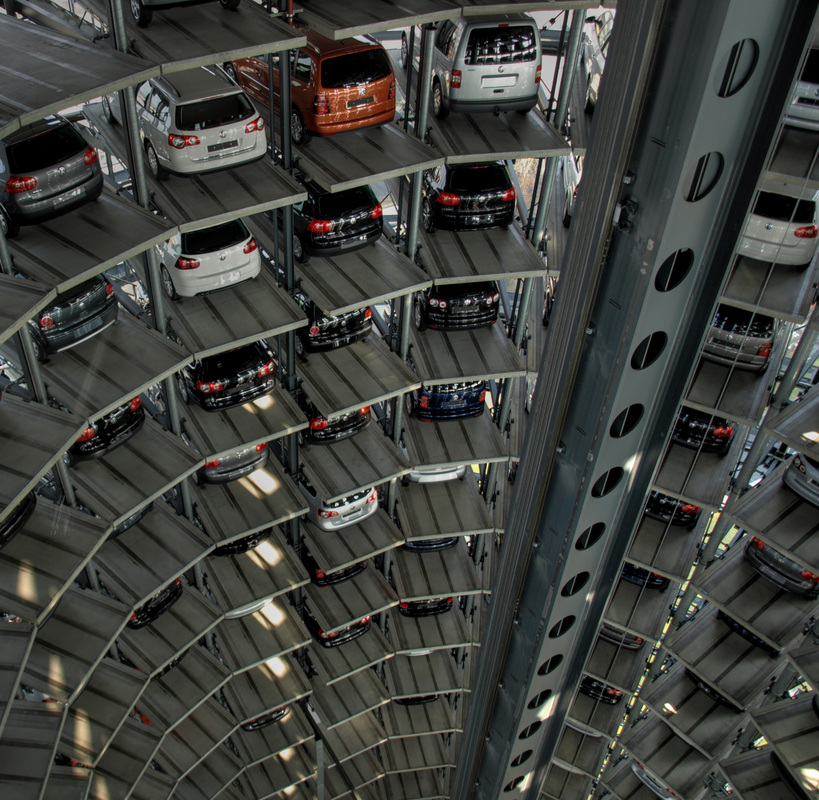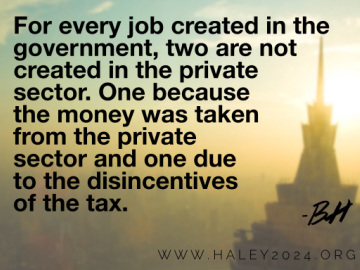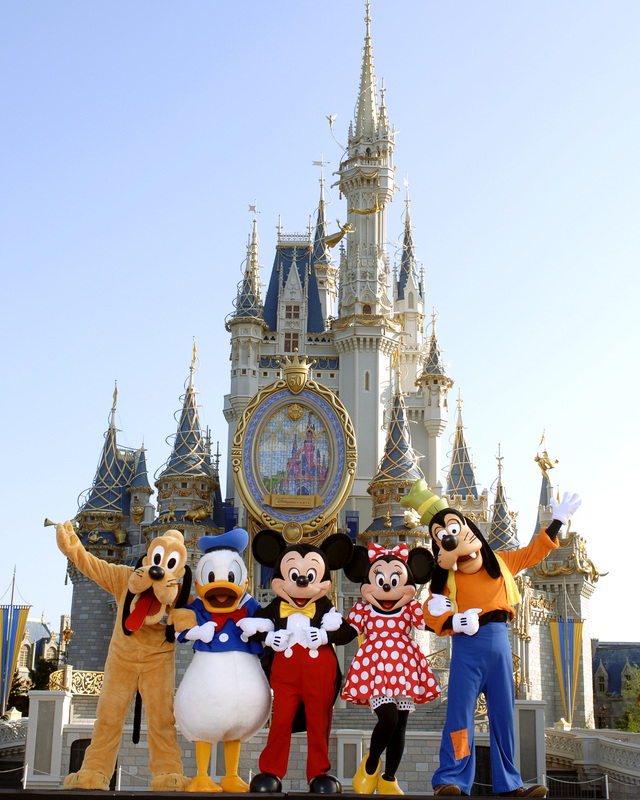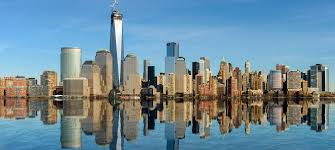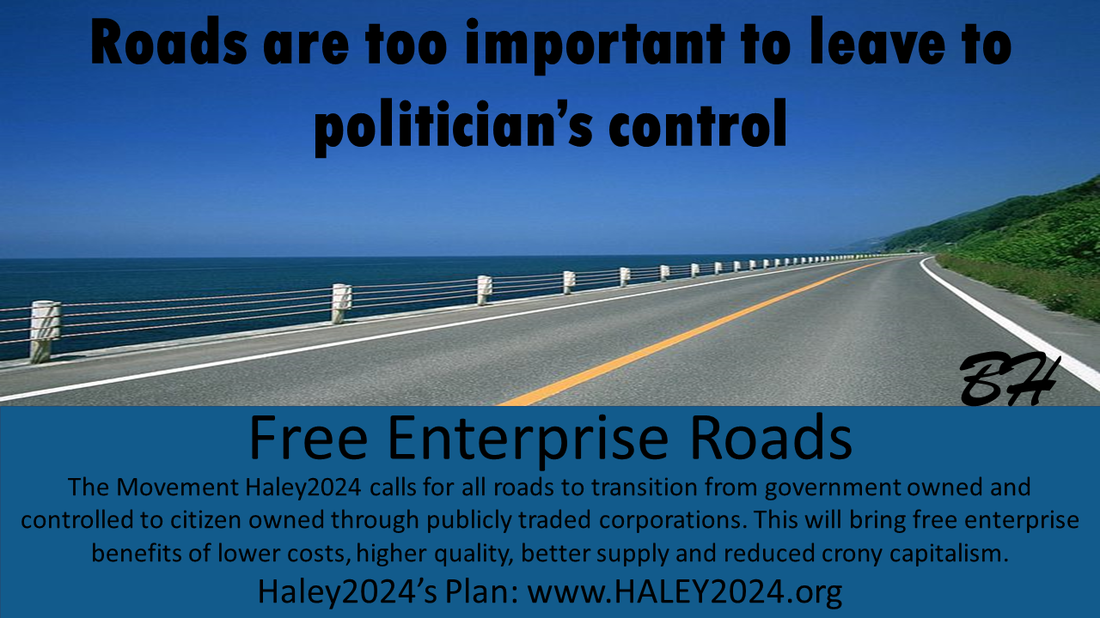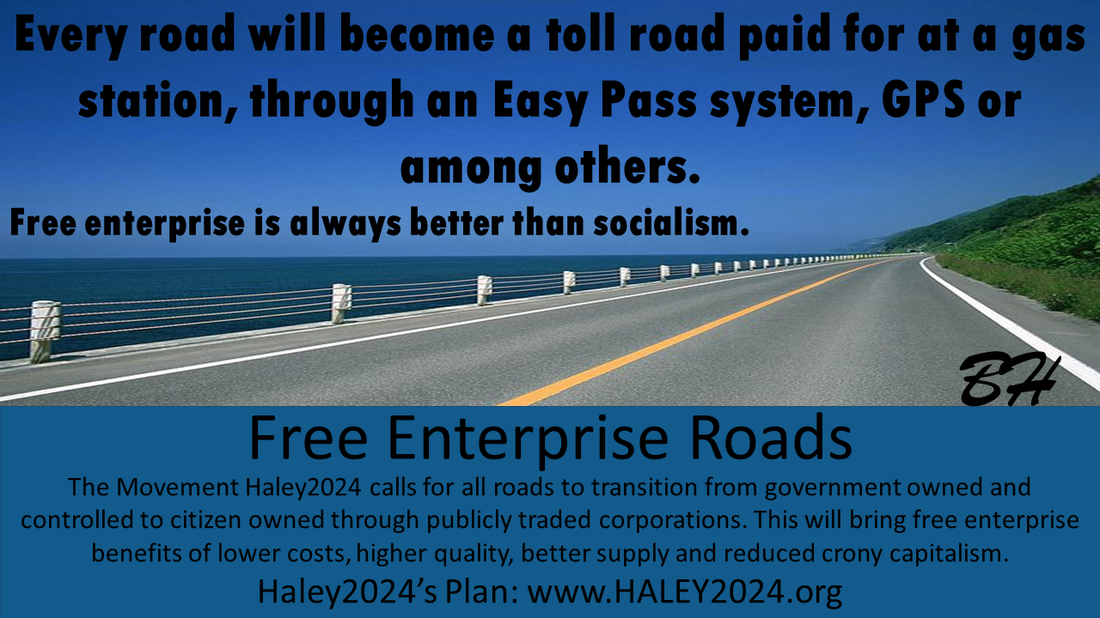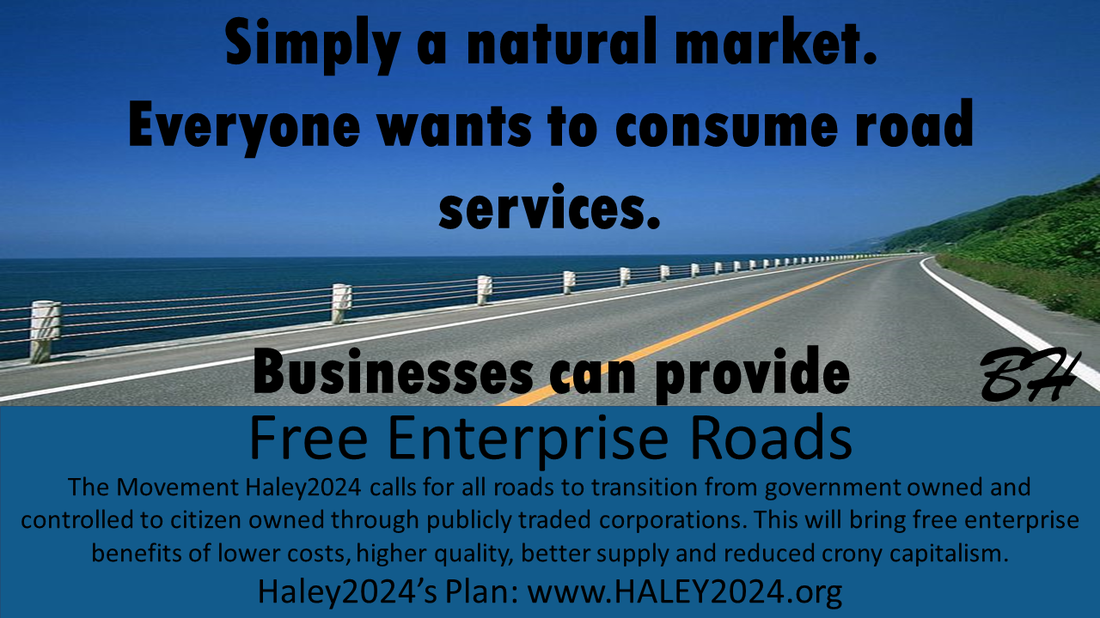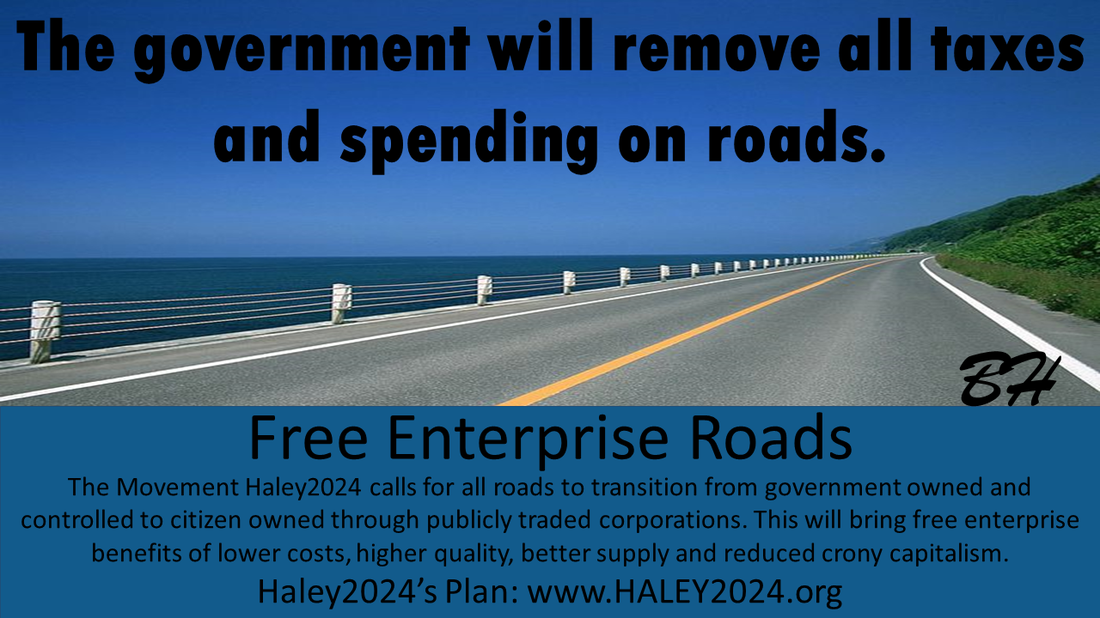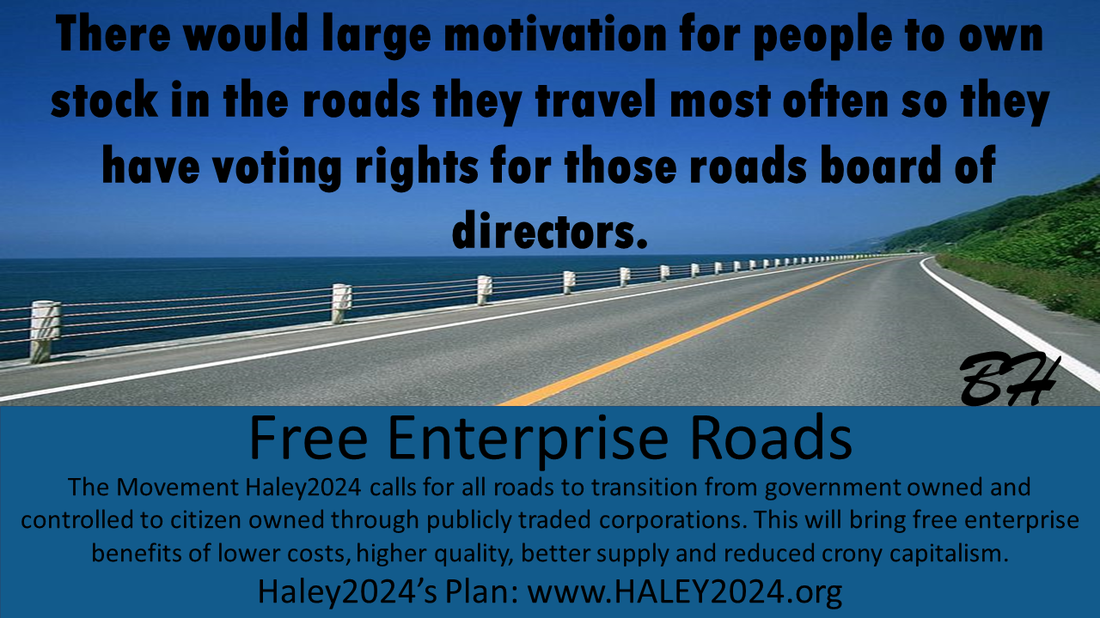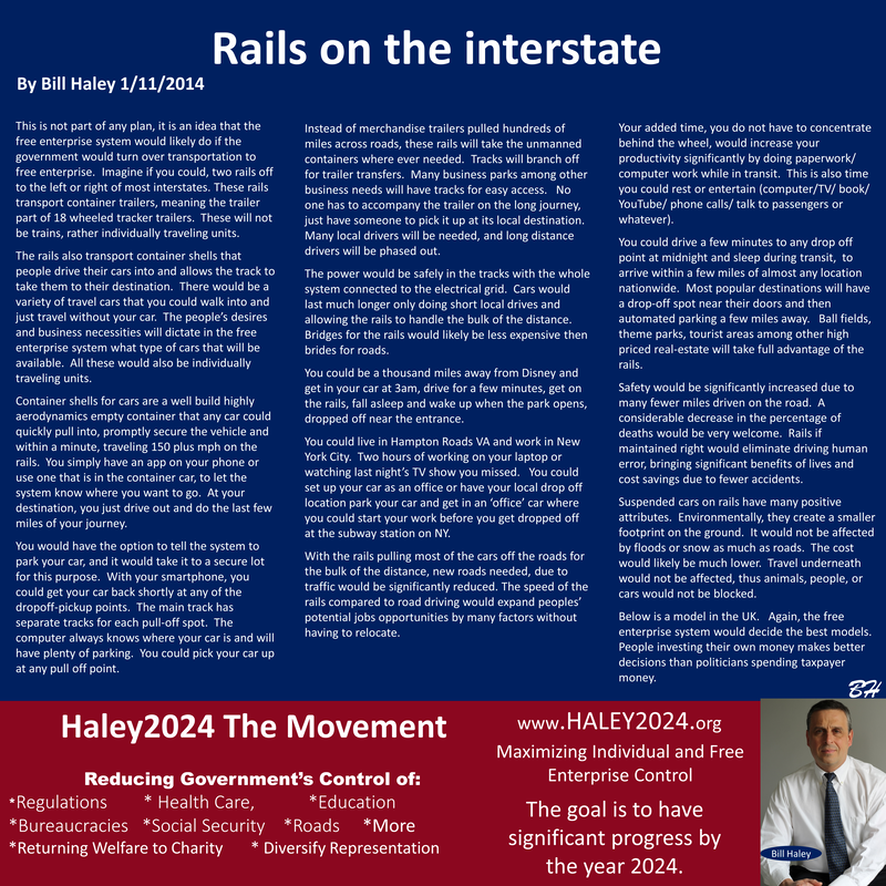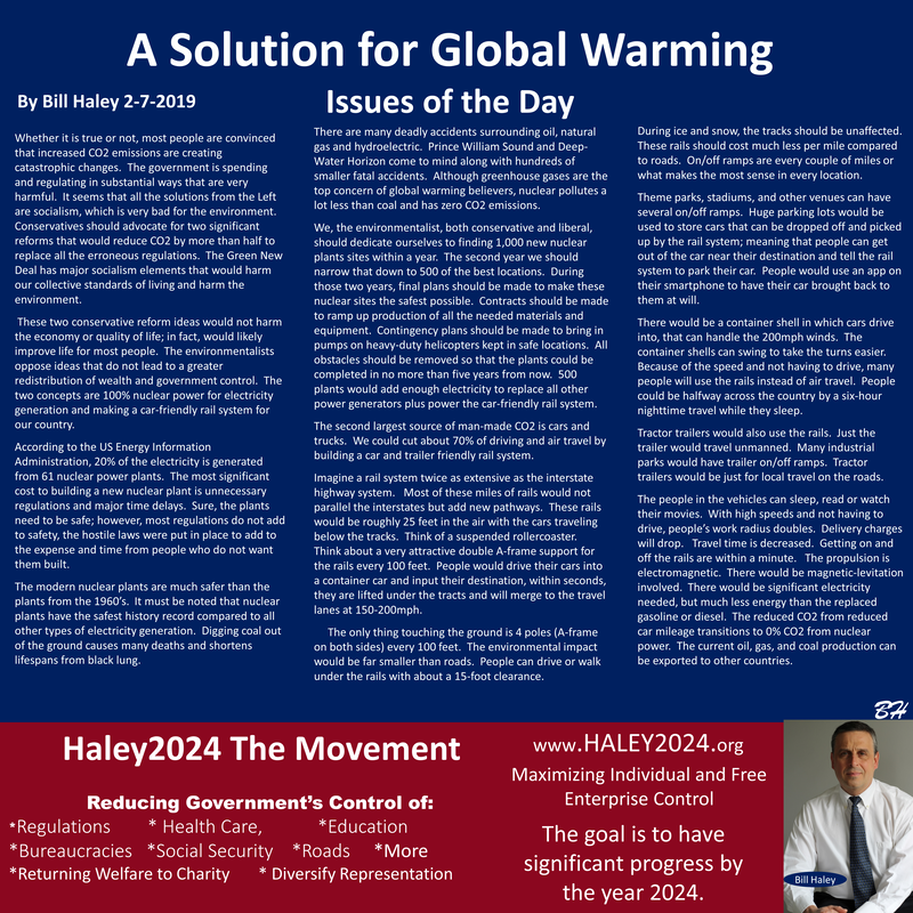|
This is not part of any plan, it is an idea that the free enterprise system would likely do if the government would turn over transportation to free enterprise. Imagine if you could, two rails off to the left or right of most interstates. These rails transport container trailers, meaning the trailer part of 18 wheeled tracker trailers. These will not be trains, rather individually traveling units.
|
|
The rails also transport container shells that people drive their cars into and allows the track to take them to their destination. There would be a variety of travel cars that you could walk into and just travel without your car. The people’s desires and business necessities will dictate in the free enterprise system what type of cars that will be available. All these would also be individually traveling units.
|
|
Container shells for cars are a well build highly aerodynamics empty container that any car could quickly pull into, promptly secure the vehicle and within a minute, traveling 150 plus mph on the rails. You simply have an app on your phone or use one that is in the container car, to let the system know where you want to go. At your destination, you just drive out and do the last few miles of your journey.
|
|
You would have the option to tell the system to park your car, and it would take it to a secure lot for this purpose. With your smartphone, you could get your car back shortly at any of the dropoff-pickup points. The main track has separate tracks for each pull-off spot. The computer always knows where your car is and will have plenty of parking. You could pick your car up at any pull off point.
|
|
Instead of merchandise trailers pulled hundreds of miles across roads, these rails will take the unmanned containers where ever needed. Tracks will branch off for trailer transfers. Many business parks among other business needs will have tracks for easy access. No one has to accompany the trailer on the long journey, just have someone to pick it up at its local destination. Many local drivers will be needed, and long distance drivers will be phased out.
|
|
The power would be safely in the tracks with the whole system connected to the electrical grid. Cars would last much longer only doing short local drives and allowing the rails to handle the bulk of the distance. Bridges for the rails would likely be less expensive then brides for roads.
You could be a thousand miles away from Disney and get in your car at 3am, drive for a few minutes, get on the rails, fall asleep and wake up when the park opens, dropped off near the entrance. |
|
You could live in Hampton Roads VA and work in New York City. Two hours of working on your laptop or watching last night’s TV show you missed. You could set up your car as an office or have your local drop off location park your car and get in an ‘office’ car where you could start your work before you get dropped off at the subway station on NY.
|
|
You could drive a few minutes to any drop off point at midnight and sleep during transit, to arrive within a few miles of almost any location nationwide. Most popular destinations will have a drop off point near their doors and then automated parking a few miles away. Ball fields, theme parks, tourist areas among other high priced real-estate will take full advantage of the rails.
|
|
Safety would be significantly increased due to many fewer miles driven on the road. A considerable decrease in the percentage of deaths would be very welcome. Rails if maintained right would eliminate driving human error, bringing significant benefits of lives and cost savings due to fewer accidents.
|
|
Suspended cars on rails have many positive attributes. Environmentally, they create a smaller footprint on the ground. It would not be affected by floods or snow as much as roads. The cost would likely be much lower. Travel underneath would not be affected, thus animals, people, or cars would not be blocked.
|
|
Below is a model in the UK. Again, the free enterprise system would decide the best models. People investing their own money makes better decisions than politicians spending taxpayer money.
|
